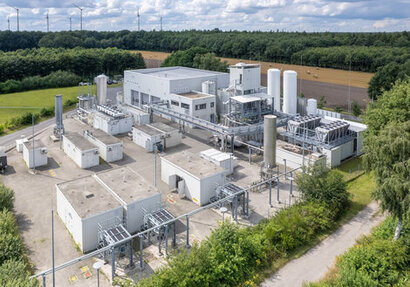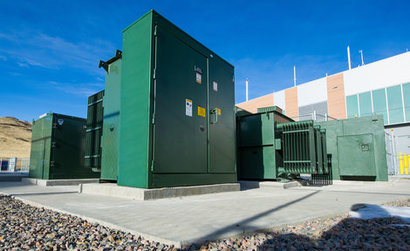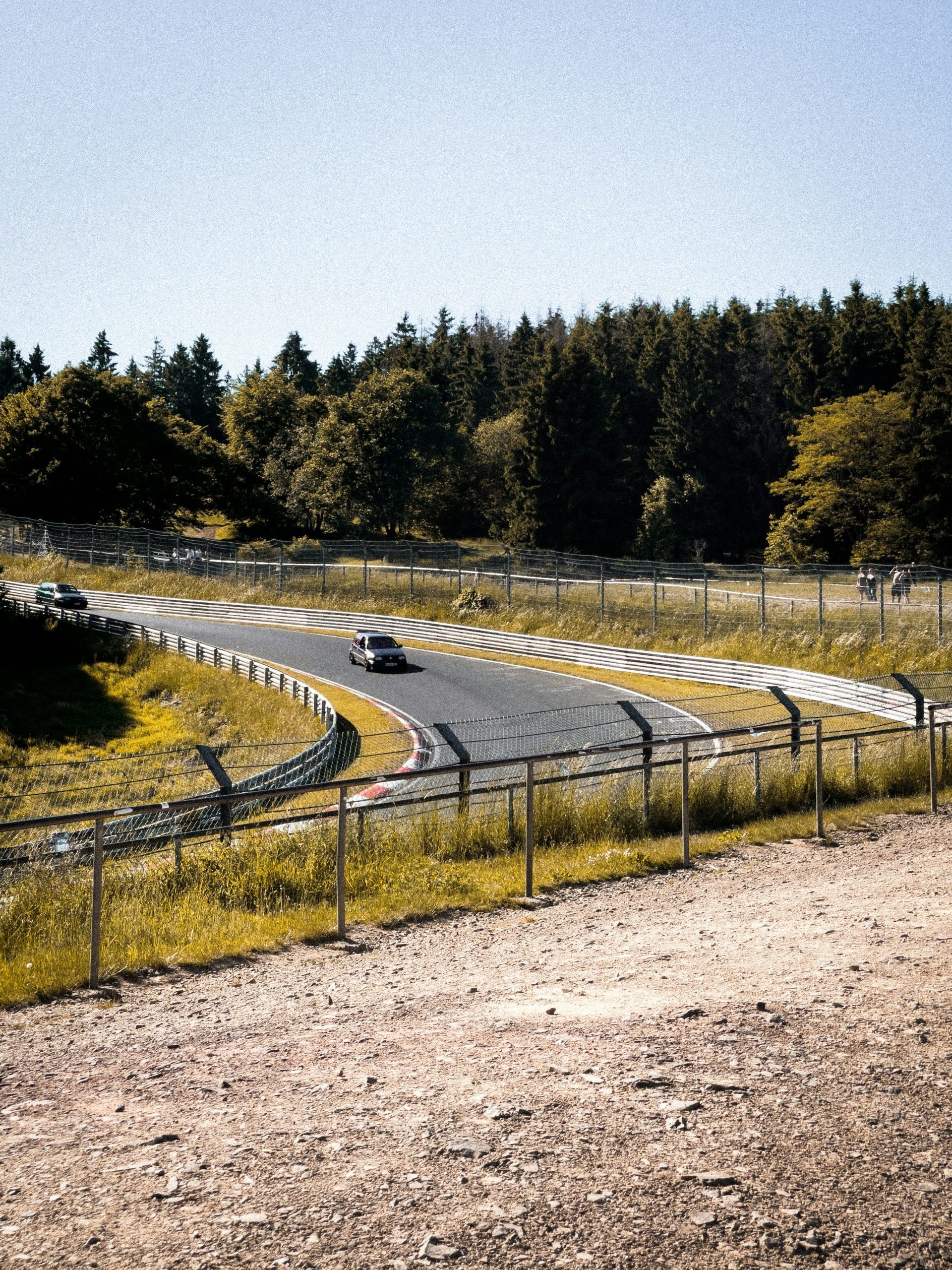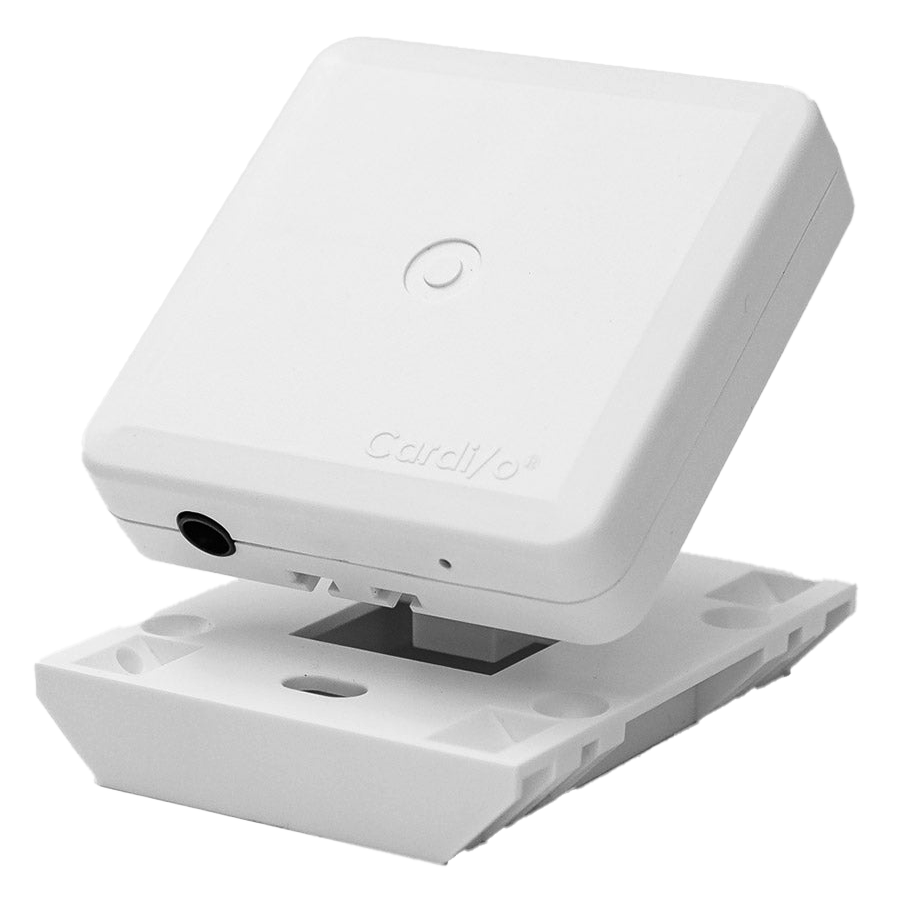Low residential solar feed-in tariffs can encourage battery deployment
Analysis of feed-in tariff scenarios in Central and Eastern Europe finds that while high feed-in tariffs are linked to the adoption of residential solar, lower tariffs are more likely to encourage battery installations. The study proposes a moderately low range of tariffs as one compromise to support both technologies.

Analysis of feed-in tariff scenarios in Central and Eastern Europe finds that while high feed-in tariffs are linked to the adoption of residential solar, lower tariffs are more likely to encourage battery installations. The study proposes a moderately low range of tariffs as one compromise to support both technologies.
Homeowners in Central and Eastern Europe are encouraged to install rooftop solar and battery storage at varying levels of feed-in tariffs, according to new research.
The research paper “Trade-offs in feed-in tariff scenarios for incentivizing clean technologies in Central and Eastern Europe,” available in Solar Energy, explains that feed-in tariffs play a crucial role in the adoption of rooftop solar and residential battery storage but says their interaction remains insufficiently explored.
The study utilizes the Clean Energy Adoption in the Residential Sector (CLEARS) model to simulate the diffusion of rooftop solar energy and battery storage under various feed-in tariff scenarios across Bulgaria, Croatia, Czechia, Hungary, Poland, Romania, Slovakia and Slovenia.
The results show that lower feed-in tariffs create a better environment for battery uptake but the optimal rate across countries also requires consideration of factors including the existing penetration of rooftop solar and local electricity prices.
Higher feed-in tariffs, particularly those around €0.10 ($0.11) to €0.15, were found not to incentivize battery storage, instead leading to rapid adoption of rooftop PV systems across all countries.
“In scenarios with very low feed-in tariffs, battery adoption is constrained by the limited growth of rooftop PV systems, while excessively high feed-in tariffs reduce the incentive for households to invest in batteries,” wrote Áron Dénes Hartvig, author of the study from the Corvinus University of Budapest’s Department of Decision Sciences. “This imbalance between PV diffusion and battery storage could lead to challenges for the energy system, particularly due to solar generation peaks during the day, which may overwhelm the grid without sufficient storage capacity.”
A moderately low range of feed-in tariffs was identified as optimal for balancing such dynamics, though the optimum level was found to vary across countries. The research paper concludes that the finding emphasizes the need for tailored national policies to support the integration of both technologies into the energy grid.
Hartvig’s analysis adds that under current contexts, the energy stored in residential battery systems is often not fully utilized, with households most often using the systems solely to meet their own electricity demand. He proposes allowing households to use their home batteries as virtual power plants during evening peak demand by selling electricity from their home batteries back to the grid but stresses incentives are necessary to encourage such behavior.
“Implementing peak tariffs encourages households to feed excess stored energy back into the grid, thereby increasing the financial viability of battery systems while providing green electricity during evening peak periods,” Hartvig said.
Hartvig added that the successful implementation of such a scheme necessitates the deployment of smart meters. “These devices are essential for accurately measuring the electricity supplied to the grid during peak hours and potentially enabling system operators to optimize battery usage,” he stated.
What's Your Reaction?






















![[Upcoming Webinar] Addressing the Wind Industry's €25 Billion Annual Wake Loss Problem](https://www.windesco.com/hubfs/Swarm%20webinar%20cover%20image.png)































